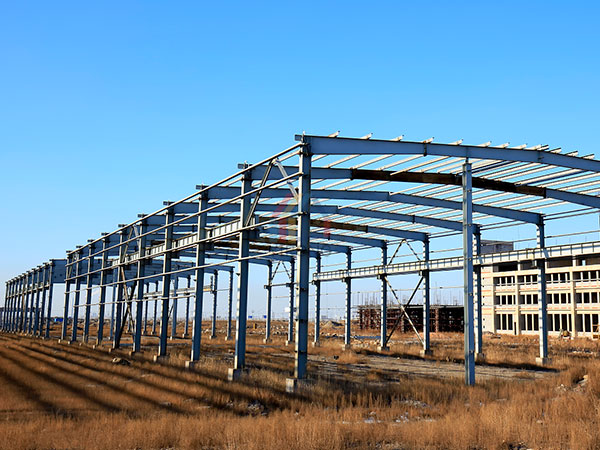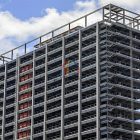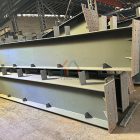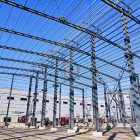Design methods for load and comfort in pre-engineered steel buildings
Steel structure building is a structural method used in many architectural designs now. In traditional building construction, because it can no longer meet people’s needs, steel structures began to appear in front of us.
Compared with the high-rise reinforced concrete structure, the prefabricated steel structure is generally softer, and the lateral displacement value under the action of wind load and earthquake is larger. If the building swings or twists greatly under the action of gust of wind, it will have a great impact on the feeling of the human body, often making people feel uncomfortable and sometimes even unbearable.

Studies have shown that the human body is most sensitive to wind acceleration. In order to ensure that high-rise pre-engineered steel buildings have a good working and living environment under the action of wind, it is necessary to limit the maximum acceleration parallel to the direction of wind load and perpendicular to the direction of wind load.
When the lateral deformation of the pre-engineered steel buildings under the action of wind load or frequent earthquakes is too large, it will cause damage to building decoration materials and damage to non-structural components, resulting in residual deformation of steel structural components.
In the case of rare earthquakes, if the deformation of the steel structure building will cause a great effect. Serious damage to non-structural components can also cause personal injury, and overly inclined buildings can also cause psychological panic among residents. At this time, in addition to ensuring that the structure does not collapse, the maximum deformation should also be limited.

It can be seen that the pre-engineered steel buildings must have sufficient lateral stiffness under the action of wind load and earthquake. This requires that the lateral displacement value should be limited in the steel structural design. The lateral displacement limit is divided into two types: the overall relative displacement and the relative displacement between houses, among which the limit of relative displacement between floors is more important.












